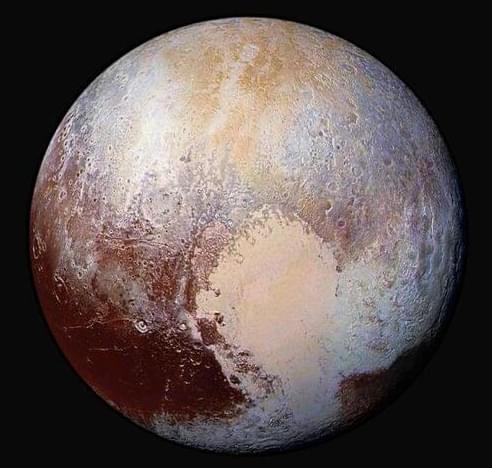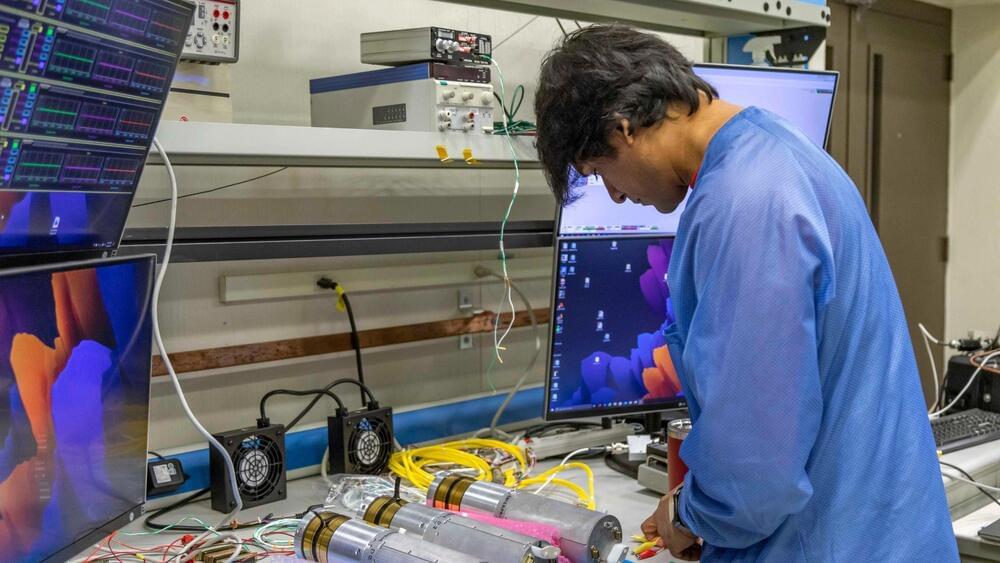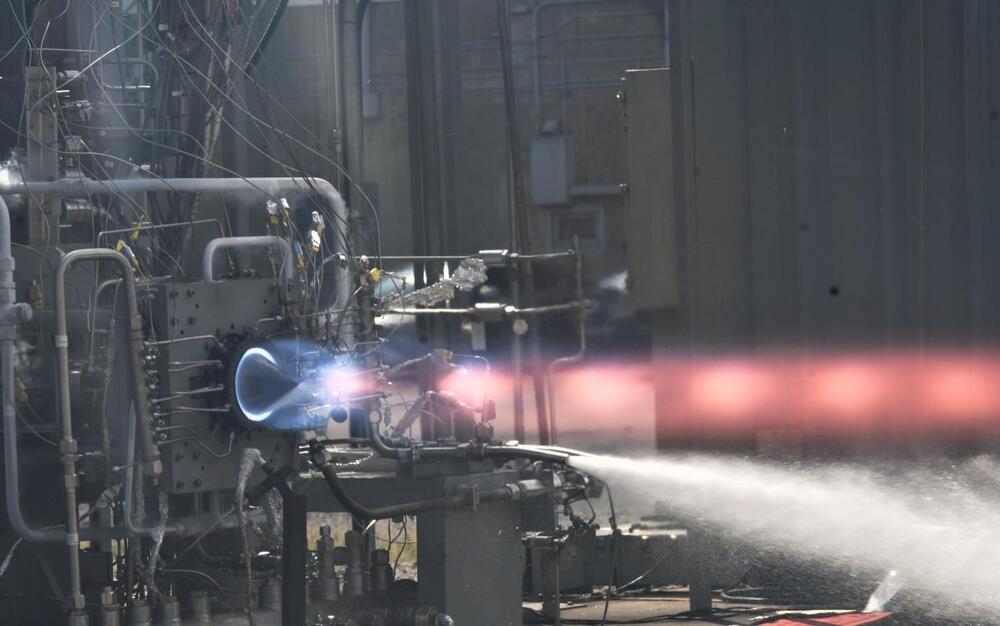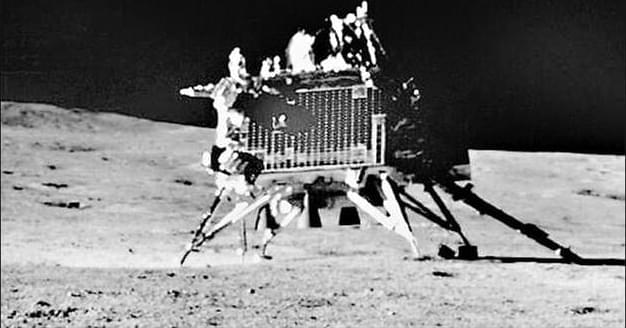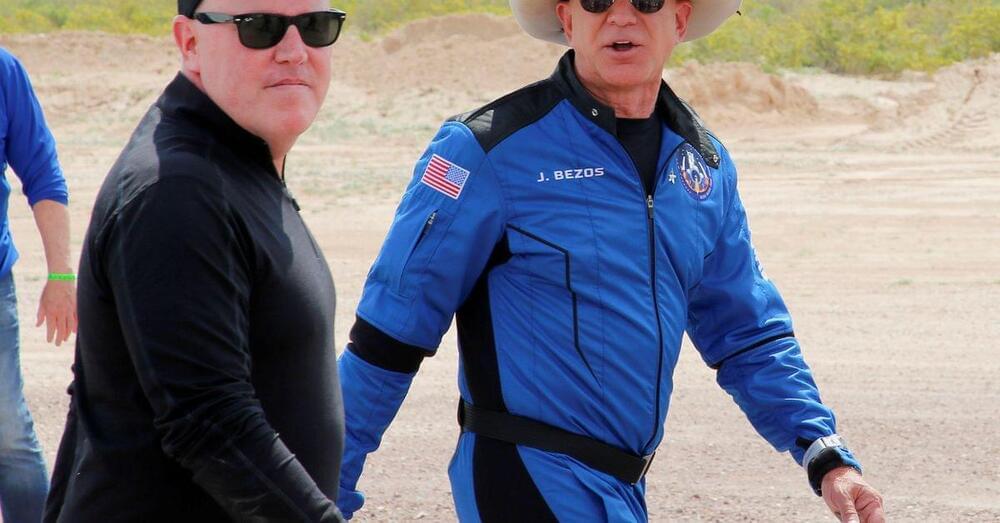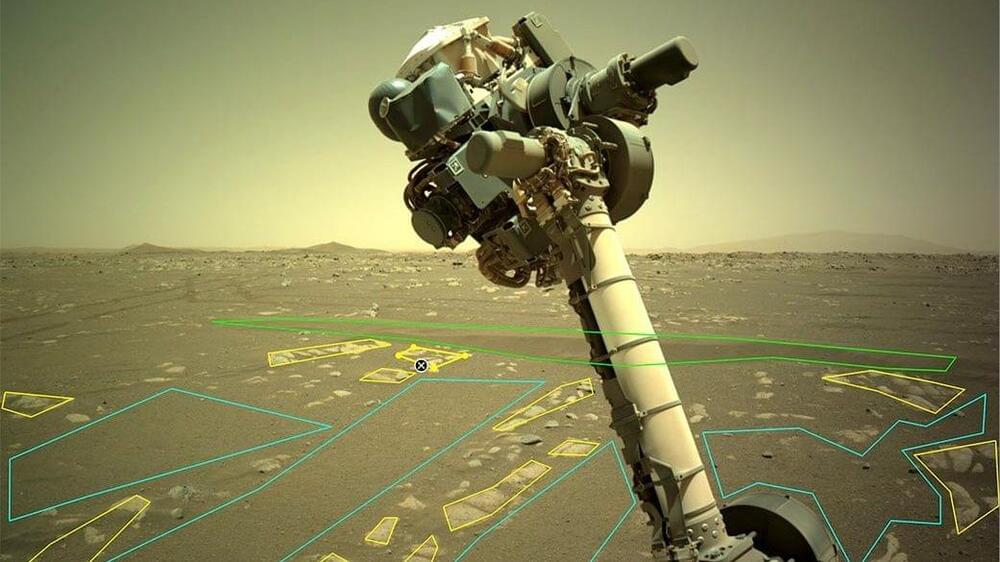Tesla and SpaceX CEO Elon Musk has been hailed as the recipient of the 2023 IAF World Space Award for individuals.
Category: space travel – Page 72
Australian researchers have developed a molecular-sized, more efficient version of a widely used electronic sensor, in a breakthrough that could bring widespread benefits.
Piezoresistors are commonly used to detect vibrations in electronics and automobiles, such as in smartphones for counting steps, and for airbag deployment in cars. They are also used in medical devices such as implantable pressure sensors, as well as in aviation and space travel.
Breakthrough in Piezoresistor Technology.
“The New Horizons mission has a unique position in our solar system to answer important questions about our heliosphere and provide extraordinary opportunities for multidisciplinary science for NASA and the scientific community,” Nicola Fox, associate administrator for NASA’s Science Mission Directorate in Washington, said in a statement on Friday. (The heliosphere is the big bubble of magnetic fields and charged particles that the sun blows around itself. Beyond it lies interstellar space.)
“The agency decided that it was best to extend operations for New Horizons until the spacecraft exits the Kuiper Belt, which is expected in 2028 through 2029,” Fox added.
Three rockets will travel from the White Sands Missile Range in New Mexico to where the Moon directly aligns with the Sun during the annular solar eclipse on October 14, 2023.
In order to gain a better understanding of the Earth’s atmospheric dynamics and the effects of solar phenomena on our planet, NASA is launching a sounding rocket mission called Atmospheric Perturbations around the Eclipse Path (APEP).
Three rockets will embark on a journey from the White Sands Missile Range in New Mexico, flying to positions just outside the path of annularity, where the Moon directly aligns with the Sun during the annular solar eclipse on October 14, 2023.
NASA’’s mission plans to investigate sunlight’s effect on the ionosphere through instruments on the rockets that measure electric/magnetic fields, density, and temperature changes.
By Ray Osorio As NASA takes its first steps toward establishing a long-term presence on the Moon’s surface, a team of propulsion development engineers at NASA have developed and tested NASA’s first full-scale rotating detonation rocket engine, or RDRE, an advanced rocket engine design that could significantly change how future propulsion systems are built.
The RDRE differs from a traditional rocket engine by generating thrust using a supersonic combustion phenomenon known as a detonation. This design produces more power while using less fuel than today’s propulsion systems and has the potential to power both human landers and interplanetary vehicles to deep space destinations, such as the Moon and Mars.
Engineers at NASA’s Marshall Space Flight Center in Huntsville, Alabama, and primary collaborator IN Space LLC, located in West Lafayette, Indiana, are confirming data from RDRE hot fire tests conducted in 2022 at Marshall’s East Test Area. The engine was fired over a dozen times, totaling nearly 10 minutes in duration.
India became only the fourth nation ever to land a spacecraft on the Moon earlier this summer. The Chandrayaan-3 mission is still technically underway, but its days may be numbered. After waiting several weeks for the lunar night to end, the Indian Space Research Organisation (ISRO) reports that the mission’s Vikram lander and Pragyan rover remain offline.
Chandrayaan-3 arrived in orbit of the Moon in July, right alongside Russia’s Luna-25 spacecraft. The uncrewed missions were both angling to be the first to touch down in the Moon’s southern polar region, an area where NASA hopes to send astronauts in the coming years. Russia was on course to land first, but a system error caused the vehicle to crash instead. That left India to land at its leisure, which it did on Aug. 23.
According to the Chandrayaan-3 team, they’ve attempted to contact the lander and rover now that the sun is shining again. However, no signals have been received from the surface. It’s possible Vikram (see above) and Pragyan are well and truly dead after several weeks in the frigid night. However, the ISRO hasn’t given up hope. Even if the batteries are empty, the hardware may still be working. Given some time to soak in the rays, the robots could still come back online.
Sept 25 (Reuters) — The chief executive officer of Jeff Bezos’s space company Blue Origin, Bob Smith, will step down at the end of the year to be replaced by former Amazon executive Dave Limp, who ran products such as Kindle, according to emails seen by Reuters.
Limp, a former senior vice president at Amazon who led the company’s consumer devices unit, will become Blue Origin’s CEO on Dec. 4, an email from Bezos, Blue Origin’s founder, said.
“Jeff and I have been discussing my plan for months,” Smith told employees in an email sent Monday. He added he would remain with the company until Jan. 2 “to ensure a smooth transition with the new CEO.”
Jeff Bezos’ Blue Origin will replace CEO Bob Smith with outgoing Amazon exec Dave Limp, CNBC has learned.
We are introducing a new track on biomedical issues and possibilities at #NewWorlds in Austin Nov. 17. Come check it out!


